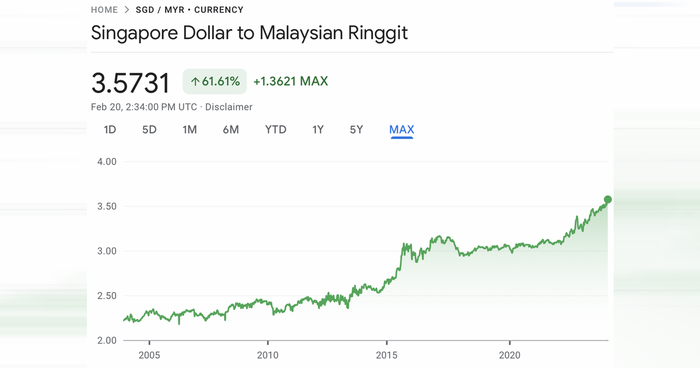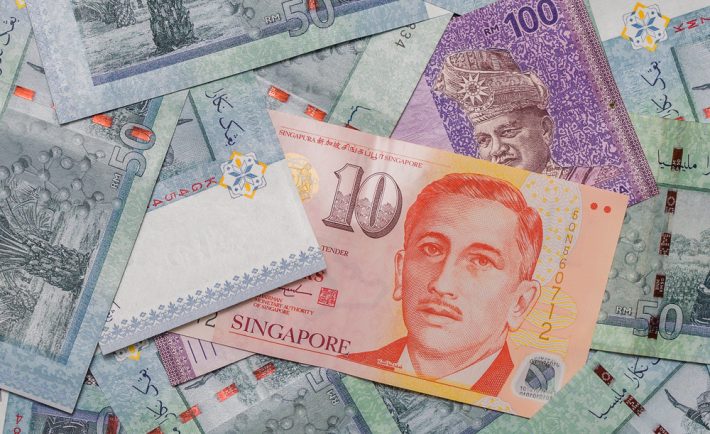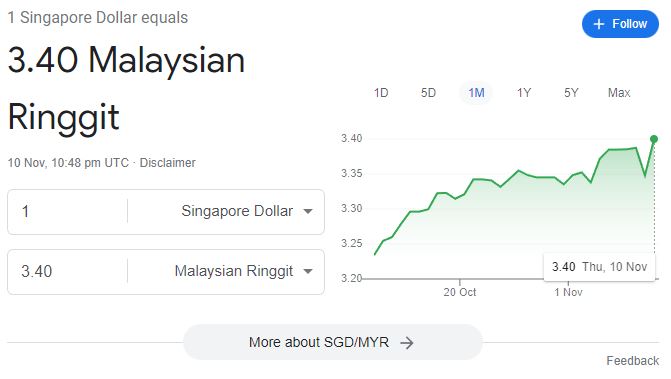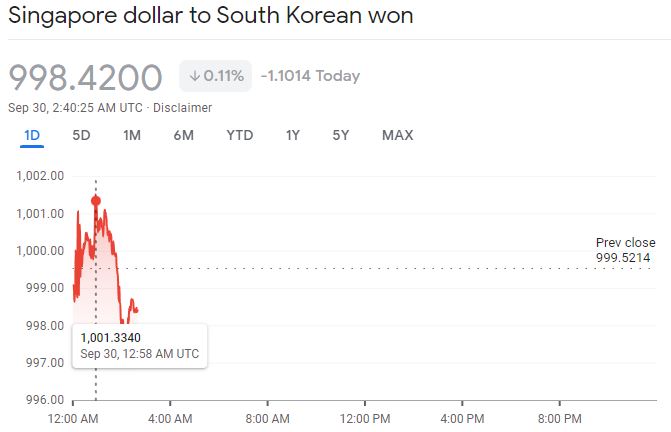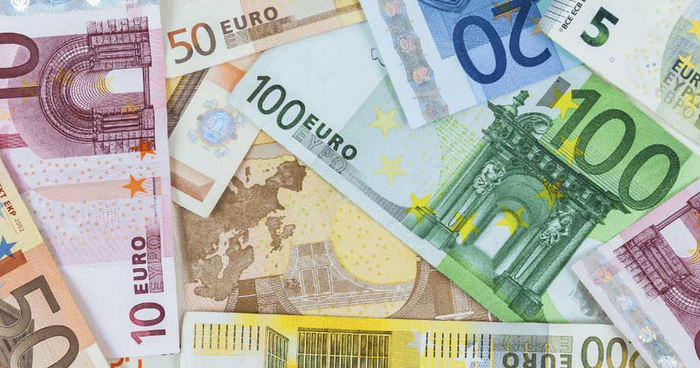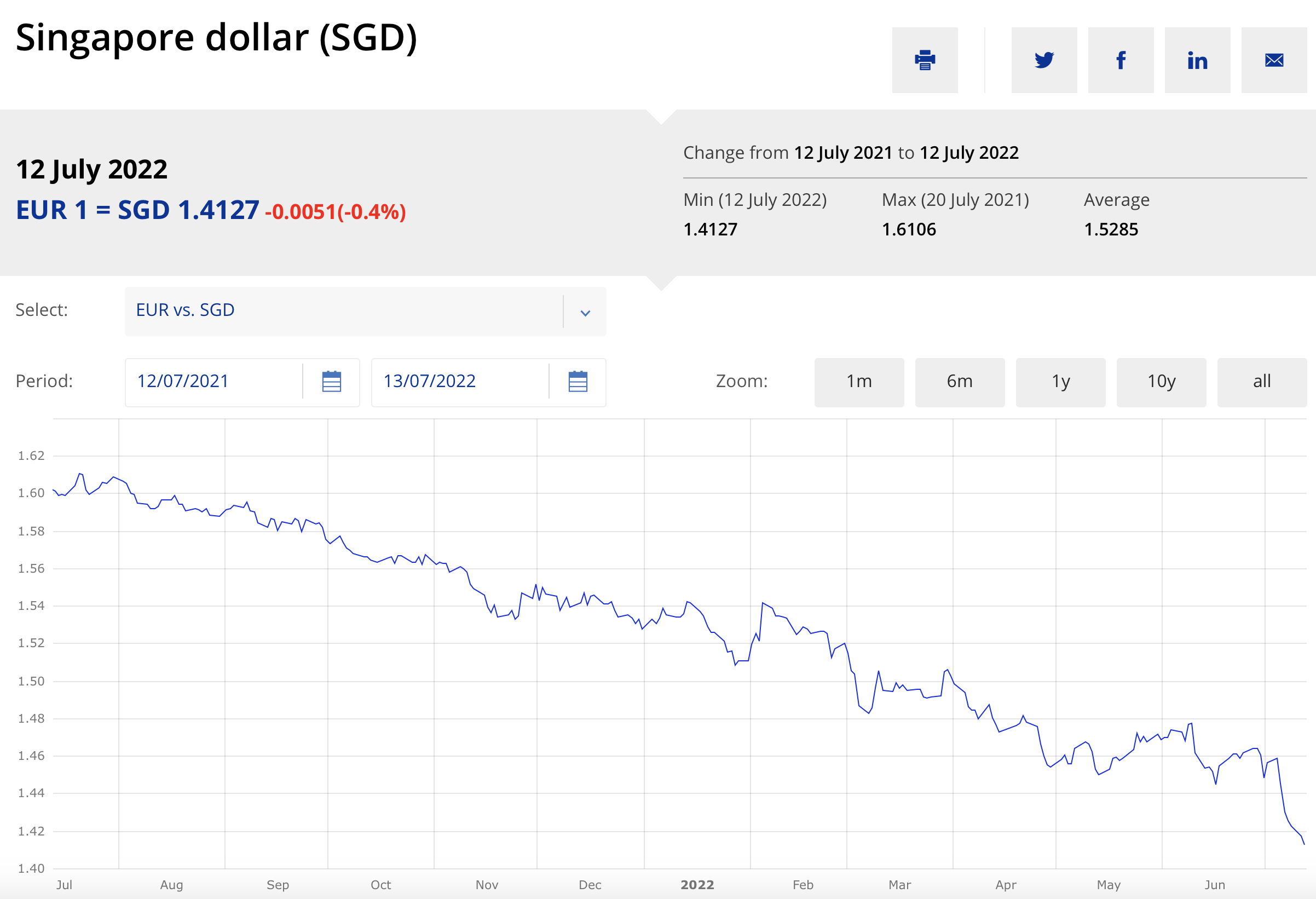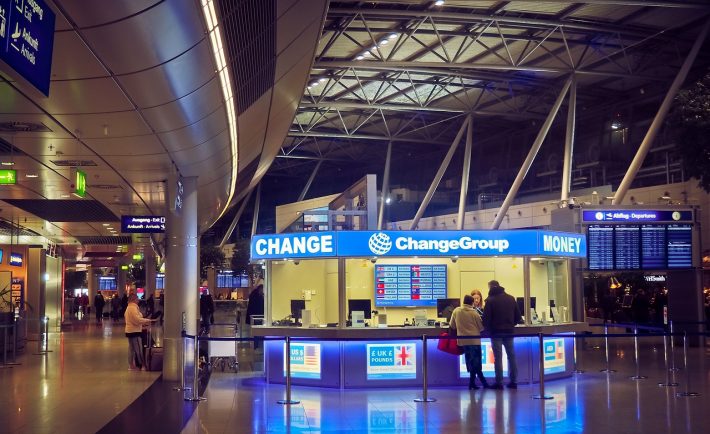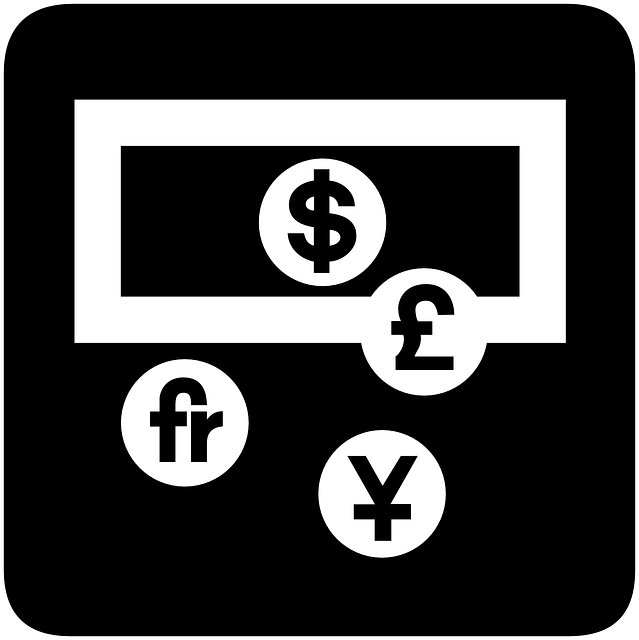The Singapore dollar (SGD) has surged to an all-time high against the Malaysian ringgit (MYR), crossing the 3.57 mark as of 20 February 2024 at 9:43 PM. (GMT+8)
As at time of writing, the Singapore dollar is trading at RM3.5731.
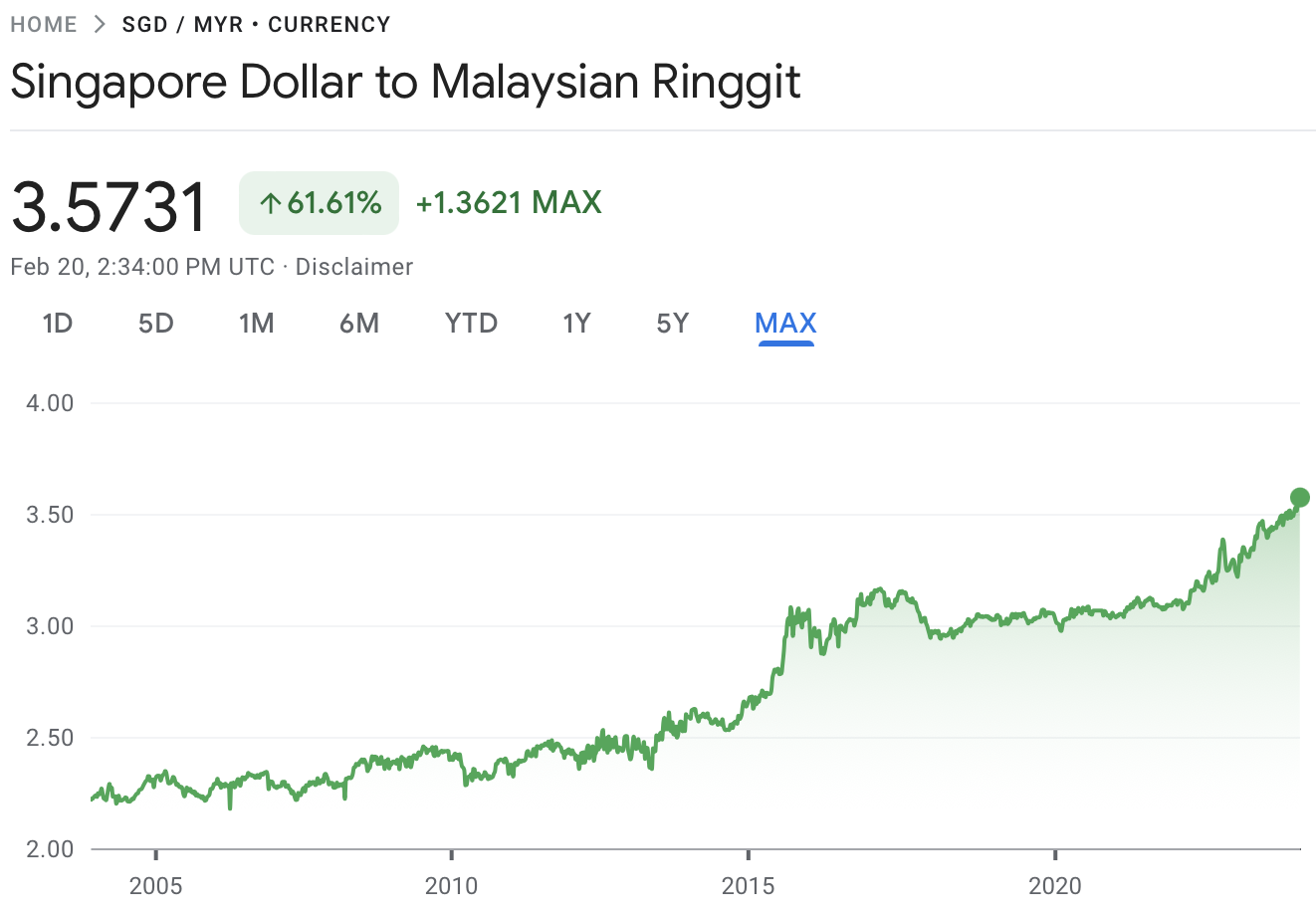
Source: Google Finance
For Malaysia, the continued weakness in its exports has been a significant concern. This downturn in export performance can be linked to sluggish global demand and competitive pressures, which directly impact the country’s trade balance and, consequently, the value of its currency.
Additionally, “external factors” such as the rate hikes by the United States Federal Reserve have exerted pressure on emerging market currencies, including the Malaysian ringgit. These rate increases tend to attract investors towards US-denominated assets, leading to a depreciation of other currencies. Geopolitical concerns and uncertainties regarding China’s economic prospects further contribute to the volatile global economic environment, affecting investor sentiment and causing fluctuations in currency values.
In contrast, the Monetary Authority of Singapore (MAS), has maintained its monetary policy unchanged, continuing its tight stance as the city-state grapples with persistent inflation. Unlike most countries where central banks adjust interest rates to influence economic activity, Singapore’s monetary policy is primarily centered on managing the exchange rate. The MAS allows the Singapore dollar to appreciate or depreciate against the currencies of its major trading partners within an undisclosed band. This strategy aims to stabilize prices and maintain competitiveness, thereby directly influencing the value of the Singapore dollar.

